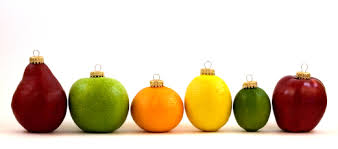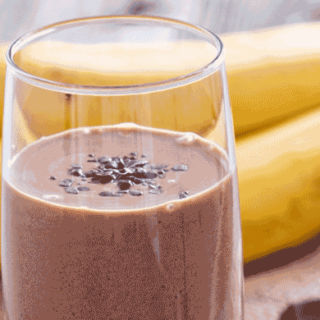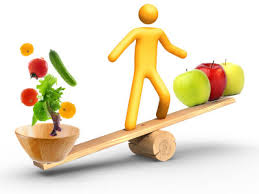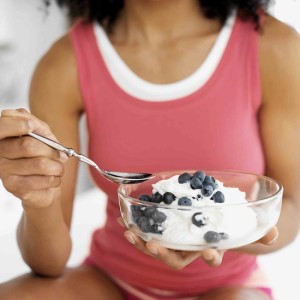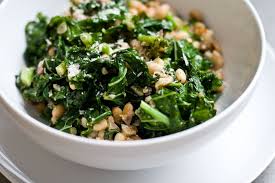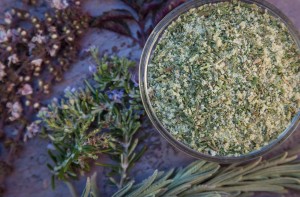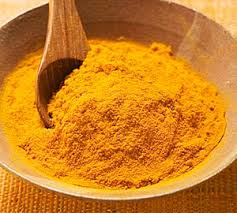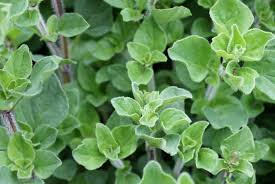Tis the season to eat largely fa la la la la la la la la… At least that is it seems when the holidays arrive. Between holiday office parties, gifts of sweet treats, cocktail parties with friends and bountiful buffets; it can be difficult to tame our taste buds. As you gather with friends, family and coworkers to make merry this season and chances are you’ll do this more than once, now it the time to think of ways to be mindful of healthy eating habits. The good news is you can indulge at a festivity without propelling your healthy diet into the abyss. Use these 12 tips to sail through the holidays without fears of fitting into your clothes come January. I propose the this is the Season to Stay Fit and Healthy!
- Have a plan– Planning ahead is your new BFF! You will feel confident, in control and clear minded when you take the time to be organized, with your food, your workouts, your gift giving and calendar of events.
- Don’t show up to any event on an empty stomach– Rather than “saving up” your days calories for a big meal or lots of nibbling, arrive with some food in your belly. Pack a few little snacks the night before, so time won’t be a factor when you are getting ready to dash out the door. Items such as a small snack of almonds, walnuts, a Greek yogurt or even a small protein shake before you head out, will help to tame your appetite.
- Zzzz’s Please: Being chronically tired not only affects your ability to fight off winter viruses but also your perception of hunger. Many times we find ourselves finishing the last bite of something sweet before we even realize that the second and third bites landed in our mouth. If you are well rested you will look healthier and stroll through the holi-daze happier, knowing you didn’t give your health away.
- Just Say No to overdo– Do you really want to go to every single one of the holiday gathering you’ve been invited to? Learn to say No to overdo and say yes to your good health. You will feel and look much more vibrant if you are taking care of yourself.
- Don’t lose your fitness routine!- Don’t let go of the good habits you’ve worked hard to establish all year. Having a fitness goal is a great way to keep you on track. It may not seem like it, but this is the perfect time to plan that 5k in the spring, connect with a biking or a hiking group. Fitness goals that are consistently managed are much easier to keep that those that are big and seemingly improbable. Start slow, working up to a bigger goal. Plan and prioritize for you. Do not give anyone permission to talk you out of it. You are far more valuable than that!
- Get a grip on Holiday shopping – I personally do not take pleasure in crowded holiday shopping. I am also a task oriented gal and enjoy seeing a list completed. I used to approach holiday shopping as a challenge, trying to cram my whole list into one trip. The problem I ended up having, was I was tired, starving and grumpy by the time I was done and willing to eat whatever was in front of me. I don’t operate that way anymore; it is counterproductive to my well-being. Now I plan ahead, getting my workout in first, grabbing my smoothie loaded with protein, veggies and good fats to keep my energy up and my belly full. I highly recommend keeping a water bottle with you as well as quick healthy snacks. Lastly, make a list of where you want go, what you are getting and don’t add stress to your trip by pushing through-accept that when you’re done you’re done!
- Avoid the “bar” syndrome– protein bars, granola bars and the like can be a decent option but there are many out there that contain high amounts of sugar, loads of preservatives and artificial everything, that bars may not be your best option. Read the label when considering whether the good truly outweighs the questionable. When it comes to sugar, every 4 grams of sugar listed is equivalent to one (1) teaspoon. One last thought on bars, when was the last time you ate one and felt that you really enjoyed a meal? The process of eating a meal, seeing the colors on your plate, sharing a conversation over good food, chewing, taking time to savor it, these are the qualities that make a meal feel like a meal, and give you a feeling of being satiated , bars can be a great option but , well you get the idea.
- “A stitch in time saves nine” – This brilliant proverb holds true with healthy eating habits too. Planning meals ahead of time is crucial, especially during the holidays. This should not mean spending hours in the kitchen, rather, well planned organization for the busy week ahead. I recommend hitting the farmers market and/or grocery store on a day when home tasks will follow the shopping trip. Once home you can quickly unload the bags, soak, chop and store your greens, dice up fruits for smoothies, salads and snacks and even cook up a pot of grains or quinoa , all while the laundry is going, getting gifts wrapped or other at-home tasks you are taking care of. Take it a step further and roast a chicken or cook up a pot of soup that can easily be reheated for a few quick , home cooked meals during the week, much more healthy and less expensive than eating out.
- About that drink– Alcohol packs a surprising amount of calories. This is particularly true for holiday libations such as eggnog and that tasty looking spiked punch. Peak around at the bar to see if there are fresh slices of limes or lemons, seltzer or sparkling water that you could concoct a spritzer or other light drink to sip. In between each drink, have a glass of water. This way you have something to hold in your hand, sip on and stay hydrated, sober and not pack on the pounds. Keep in mind that the more drinks you have, the lower your inhibitions, and the greater your chances of mindless overeating.
- Make one trip — with one plate-Have you seen that guy who creates an impressive tower of food on his plate? Don’t be that guy. Choose a snack or salad size plate. If one is not available, make a “no-stacking” rule to ensure reasonable portions. Avoid the temptation to go back for seconds. Similarly, decide on a small snack size plate for one trip to the dessert table, no going back for seconds. Stick with the whole foods when possible, avoiding the processed junk. Make a conscious effort to balance and brighten your plate with plenty of fruits and veggies, and don’t drown them with dips and sauces.
- Take the focus off food-Friends and conversation are what holiday parties are all about anyway, right? Enjoy, but back away from the buffet table. Stand or sit somewhere that makes the trip to the food table feel not worth the trek.
- Invest in yourself and your sanity- Take a bit of the pressure off by hiring a private chef, like me, who will shop, prepare and drop off healthy, quick to heat and eat meals for your week. This can be an affordable option both for your time and wallet. Contac me for more details. Ps-I also prepare dishes for your holiday potlucks, its ok you can tell them you created it yourself :>)

